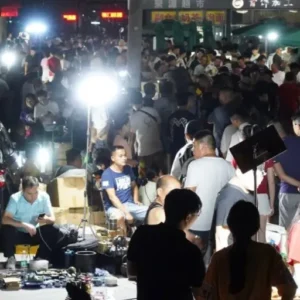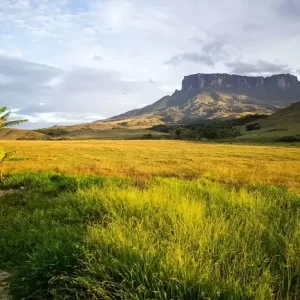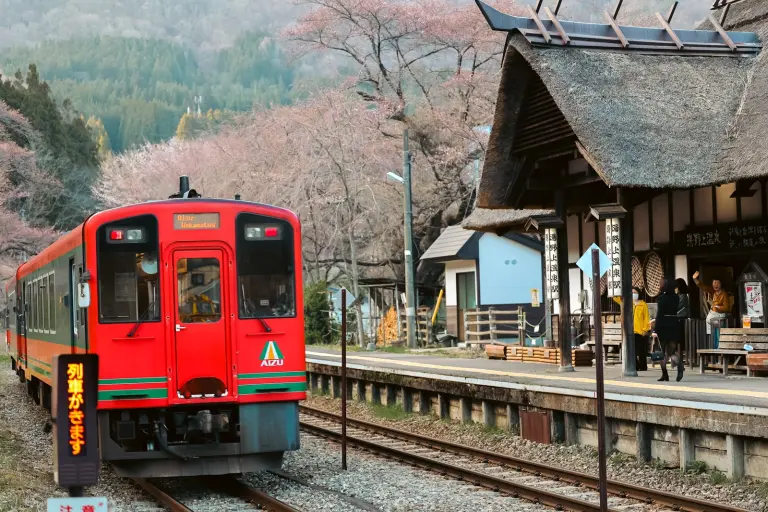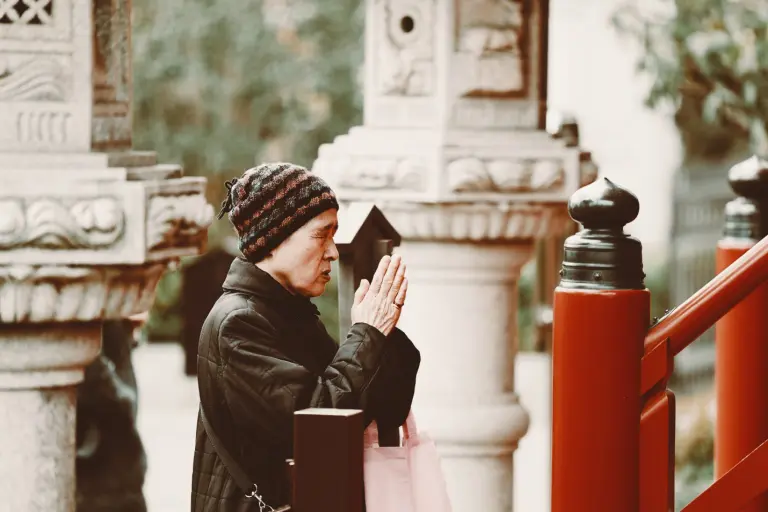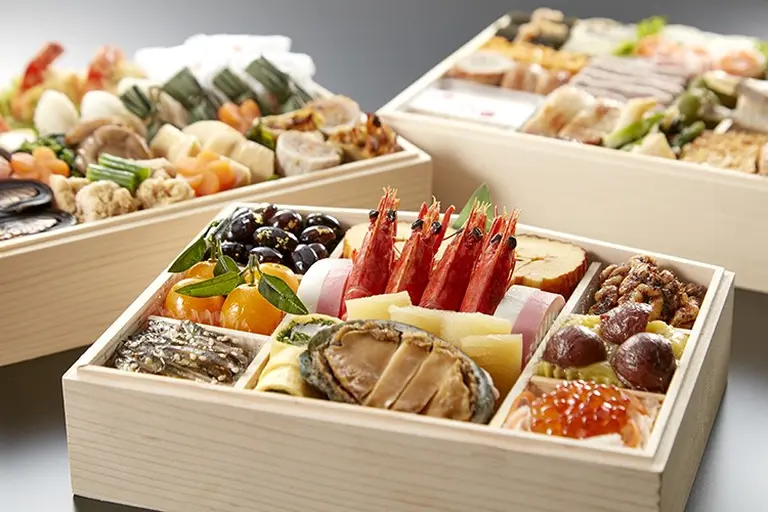Nestled in the heart of Thimphu, Tashichhoe Dzong is not only the seat of Bhutan’s government and a center of monastic life, but also one of the most famous tourist destinations in Bhutan. Known as the “Fortress of the Glorious Religion,” this majestic structure stands proudly on the banks of the Wangchhu River, captivating visitors with its golden rooftops, serene gardens, and centuries of spiritual significance. Whether you are drawn by its fascinating history, unique Bhutanese architecture, or the vibrant festivals held within its courtyards, Tashichhoe Dzong is a must-visit landmark that beautifully embodies the soul of Bhutan.
Overview of Tashichhoe Dzong, Thimphu
Tashichhoe Dzong, often called the “Fortress of Glorious Religion,” is one of the most famous tourist destinations in Bhutan. Located just about 2 km from the heart of Thimphu, this monumental structure sits gracefully on the banks of the Wangchhu River. Originally built in 1641, the dzong has been reconstructed and renovated multiple times, standing today as both a monastic center and the seat of the central secretariat of the Bhutanese government.

The site, however, has an even older history. The very first fortress was constructed here in 1216 but was destroyed in a fire, leading to the current version being rebuilt. Visitors approaching Tashichhoe Dzong are welcomed by a charming rose garden at its entrance, with manicured lawns and neatly maintained greenery framing the striking golden-roofed structure. The dzong dominates the Thimphu skyline and is usually the starting point for most city tours.
Inside, the dzong houses the throne room of the King of Bhutan and several offices of the monarchy. It also serves as the summer residence of the Je Khenpo, the Chief Abbot of Bhutan, who shifts to Punakha Dzong during winter.
>> Traveling to Bhutan: What you need to know
History of Tashichhoe Dzong
Visible from afar, Tashichhoe Dzong has always been a defining landmark of Thimphu. The earliest construction dates back to 1216 AD, when Lama Gyalwa Lhanangpa established a blue-stone fortress known as Dho-Ngon Dzong. In the 17th century, Zhabdrung Ngawang Namgyal seized control after defeating Lhanangpa’s followers, and the dzong was later rebuilt under his reign.
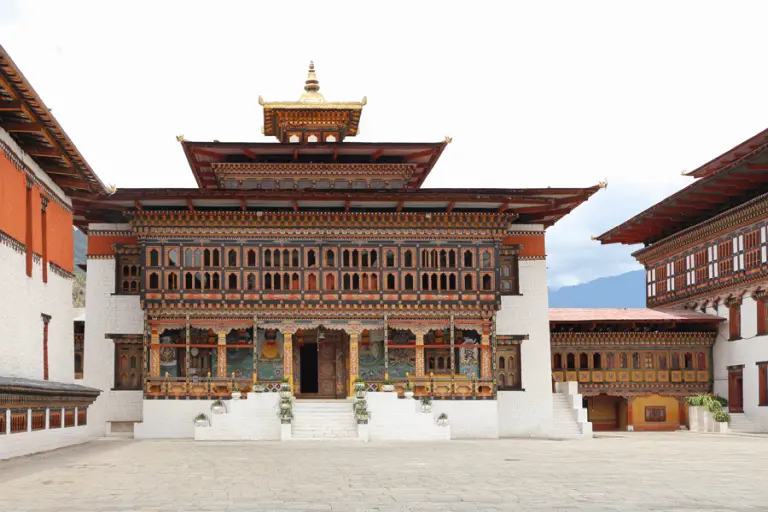
The structure was further expanded in 1694 by the fourth Desi (secular ruler), Tenzin Rabgye. Unfortunately, it suffered repeated fires and natural disasters, forcing several reconstructions. By the mid-18th century, Desi Chogyal Sherab Wangchuk added aesthetic improvements, but another fire during the 16th Desi’s rule led to the fortress being relocated to its present site.
King Jigme Dorji Wangchuck modernized the dzong in 1969. Interestingly, the entire reconstruction was done using traditional Bhutanese techniques—without nails or formal blueprints. The fortress was consecrated by Je Khenpo Thri Zur Thinley Lhendup and Dorji Lopon Nyizer Tulku. While today the Bhutanese National Assembly no longer meets here, the dzong still serves as a central government and monastic hub.
Despite enduring earthquakes, fires, and countless reconstructions, Tashichhoe Dzong continues to shine with timeless grandeur, making it a living symbol of Bhutanese resilience.
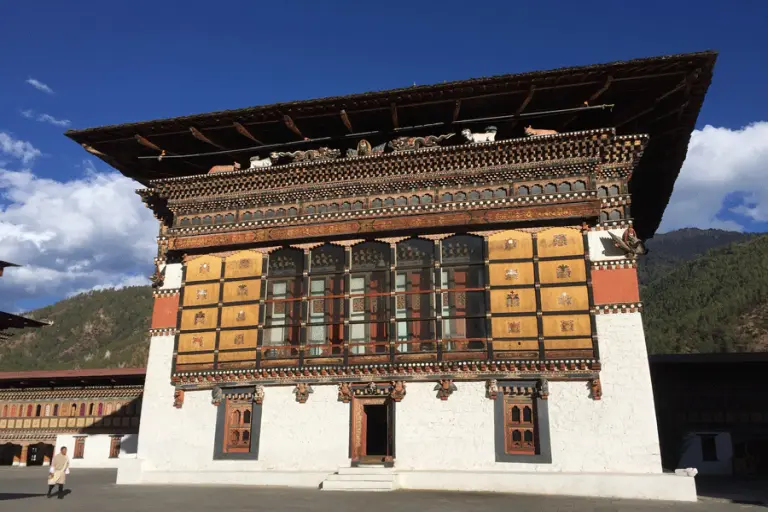
>> What to know before visiting Bhutan – Dos & Don’ts
Architecture of Tashichhoe Dzong
The architecture of Tashichhoe Dzong reflects the distinct Bhutanese style, closely related to designs found in Tibet, Nepal, and Sikkim. Constructed without a single nail, the fortress features whitewashed stone walls enclosing treasured relics, sacred statues, and murals.
The dzong rises two stories high, with three-storied towers at each corner. Intricately carved wooden details and the golden roofs enhance its majestic presence. Well-kept gardens add serenity, creating a peaceful atmosphere for visitors.
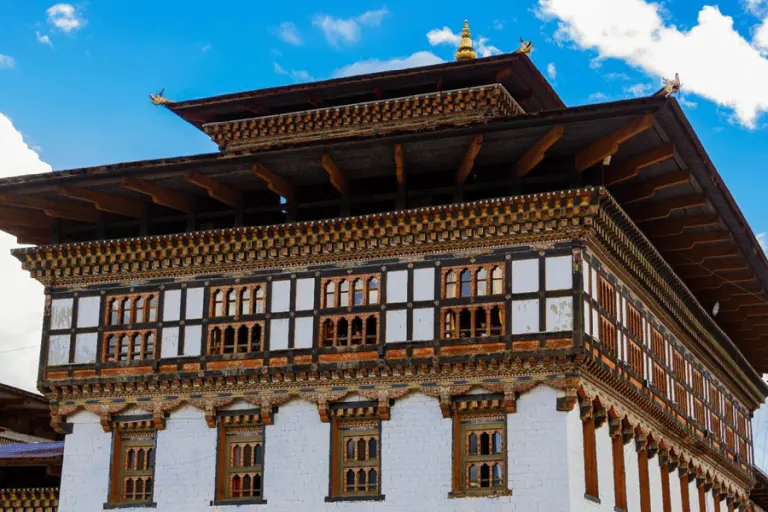
The dzong is divided into three main sections:
- The King’s Office and Royal Chambers
- Administrative Offices
- Monastic Quarters and Temples
Inside, exquisite Buddhist murals and wall carvings showcase Bhutanese artistry. The inner temple, or Lhakang, narrates the life of the Buddha through paintings and sacred motifs. Statues of the Neten Chudrug (Sixteen Arhats) bless the site, while royal family members and state ministers gather here for important religious ceremonies.
Tashichhoe Dzong at Night
Although the dzong closes to the public after the evening flag-lowering ceremony, many travelers remain outside to admire its night view. As darkness falls, floodlights illuminate the golden roofs and temple windows, giving the fortress an almost magical aura. Photographers especially cherish this time, capturing breathtaking images of Bhutan’s iconic blend of spiritual and political power.
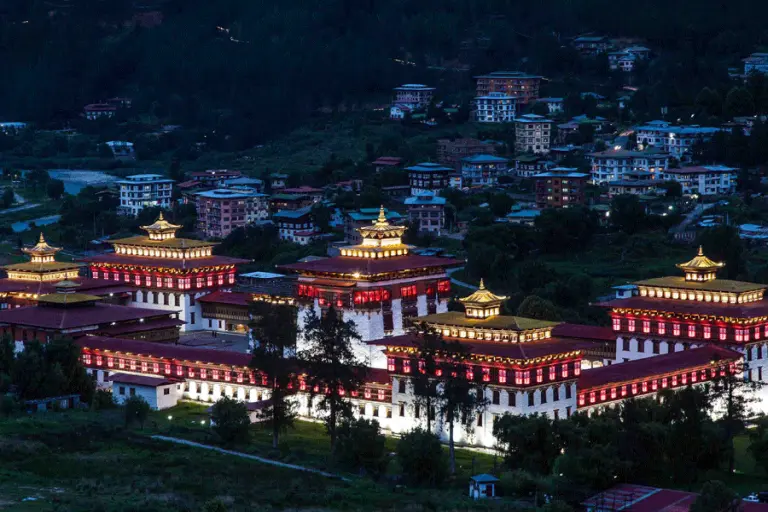
>> Discover Bhutan’s vibrant nightlife
Festivals at Tashichhoe Dzong
The Thimphu Tsechu Festival, held annually in the courtyard of Tashichhoe Dzong, is one of Bhutan’s most vibrant cultural events. Lasting three days, it draws locals and tourists alike, with participants dressed in colorful traditional attire.

Monks perform sacred mask dances (cham) accompanied only by cymbals and drums, symbolizing the victory of good over evil. These performances also retell important Buddhist stories, honoring Guru Rinpoche (Padmasambhava), who introduced Tantric Buddhism to the Himalayas. The festival culminates with the unveiling of a giant thangka—a sacred silk tapestry depicting Guru Rinpoche and the Buddha.

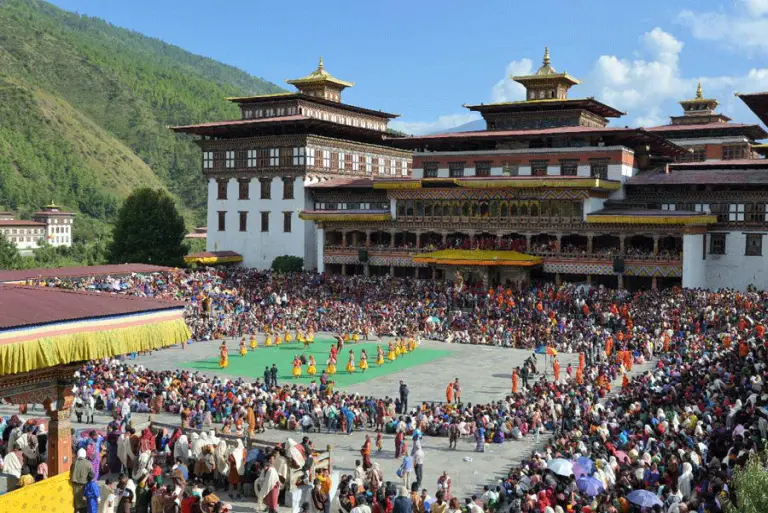
>> Punakha Tshechu | Festival at Punakha Dzong
Best Time to Visit Tashichhoe Dzong
The most pleasant seasons to visit are spring (March to May) and autumn (September to November), when the weather is clear and ideal for exploring Bhutan’s cultural treasures.
How to Reach Tashichhoe Dzong
The dzong is located on Chhagchhen Lam, right beside the Wangchhu River. From anywhere in Thimphu, visitors can hire a taxi directly to the site. Budget travelers can take local buses, though they are slower due to frequent stops.
- Taxi fare: ~BTN 500
- Minibus tour (group-friendly): ~BTN 3000
Nearby attractions include the Royal Textile Academy of Bhutan, Choki Traditional Art School, and the National Library of Bhutan, all within a short distance.

Travel Tips for Visiting Tashichhoe Dzong
- Photography: Taking pictures inside the dzong is strictly prohibited, but you can freely capture its stunning exterior, especially at night.
- Dress Code: Visitors must dress formally. Shorts, sleeveless shirts, and casual wear are not allowed.
- Essentials: Carry water and snacks when traveling by rental car, as landslides occasionally delay journeys, leaving travelers stranded for hours.
With its deep history, sacred architecture, and cultural vibrancy, Tashichhoe Dzong is not just a fortress—it is the very soul of Thimphu and a must-visit highlight of Bhutan.
>> Unique cultural traits of the land of the Thunder Dragon, Bhutan
FAQ
What is Tashichhoe Dzong?
Tashichhoe Dzong, often called the “Fortress of the Glorious Religion,” is a grand fortress and monastery located in Thimphu, the capital of Bhutan. It serves as both a political and spiritual hub, housing the throne room and offices of the King, government ministries, and the summer residence of Bhutan’s spiritual leader, the Je Khenpo.
Where is Tashichhoe Dzong located?
The Dzong is located on the banks of the Wang Chhu River, just north of Thimphu city. Surrounded by manicured lawns and vibrant flower gardens, it is one of the most iconic and scenic landmarks in Bhutan.
What is the historical significance of Tashichhoe Dzong?
- Originally built in 1641 by Zhabdrung Ngawang Namgyal, the unifier of Bhutan.
- Reconstructed and expanded several times after fires and earthquakes.
- In 1962, King Jigme Dorji Wangchuck relocated the capital from Punakha to Thimphu and renovated the Dzong to serve as the seat of government.
- Today, it stands as a symbol of Bhutan’s harmonious blend of monarchy, governance, and spirituality.
What functions does Tashichhoe Dzong serve today?
- Government: Houses key ministries, the King’s Throne Room, and offices of the monarchy.
- Spiritual Center: Serves as the summer residence of the Je Khenpo (Chief Abbot) and the central monk body.
- Cultural Venue: Hosts important national events, such as the annual Thimphu Tshechu festival.
What makes Tashichhoe Dzong architecturally unique?
Tashichhoe Dzong is a masterpiece of Bhutanese architecture:
- Whitewashed fortress walls with golden spires.
- Beautifully painted woodwork featuring dragons, floral motifs, and Buddhist symbols.
- Massive courtyards where official ceremonies and religious festivals are held.
- A perfect blend of monastic design and administrative functionality.
Can tourists visit Tashichhoe Dzong?
Yes, but with some conditions:
- Visitors can explore the outer courtyard and gardens year-round.
- Access to the interior government offices is restricted.
- During the Thimphu Tshechu festival (September/October), visitors can witness colorful mask dances and traditional celebrations inside the Dzong grounds.
What is the Thimphu Tshechu, and why is it special?
The Thimphu Tshechu is Bhutan’s largest annual festival, celebrated in honor of Guru Rinpoche. It features sacred mask dances, folk performances, and prayers for spiritual purification. Attending this festival at Tashichhoe Dzong offers an unforgettable cultural and spiritual experience.
When is the best time to visit Tashichhoe Dzong?
- Spring (March–May): Pleasant weather and blooming flowers in the gardens.
- Autumn (September–November): Clear skies and the famous Thimphu Tshechu festival.
Evening visits are particularly magical, as the Dzong is beautifully lit against the backdrop of Thimphu’s mountains.
Why is Tashichhoe Dzong important for Bhutanese people?
The Dzong embodies Bhutan’s unique balance of secular governance and spiritual life. It symbolizes the deep respect the Bhutanese hold for their monarchy, religion, and cultural traditions.
Why should I visit Tashichhoe Dzong?
Visiting Tashichhoe Dzong gives travelers:
- A chance to see Bhutan’s center of power and spirituality in one place.
- Stunning photo opportunities of the fortress, river, and surrounding mountains.
- A deeper understanding of Bhutanese architecture, festivals, and cultural heritage.

Tashichhoe Dzong is not just a fortress—it is the living heart of Bhutan’s capital, where politics, spirituality, and culture converge in breathtaking harmony.


